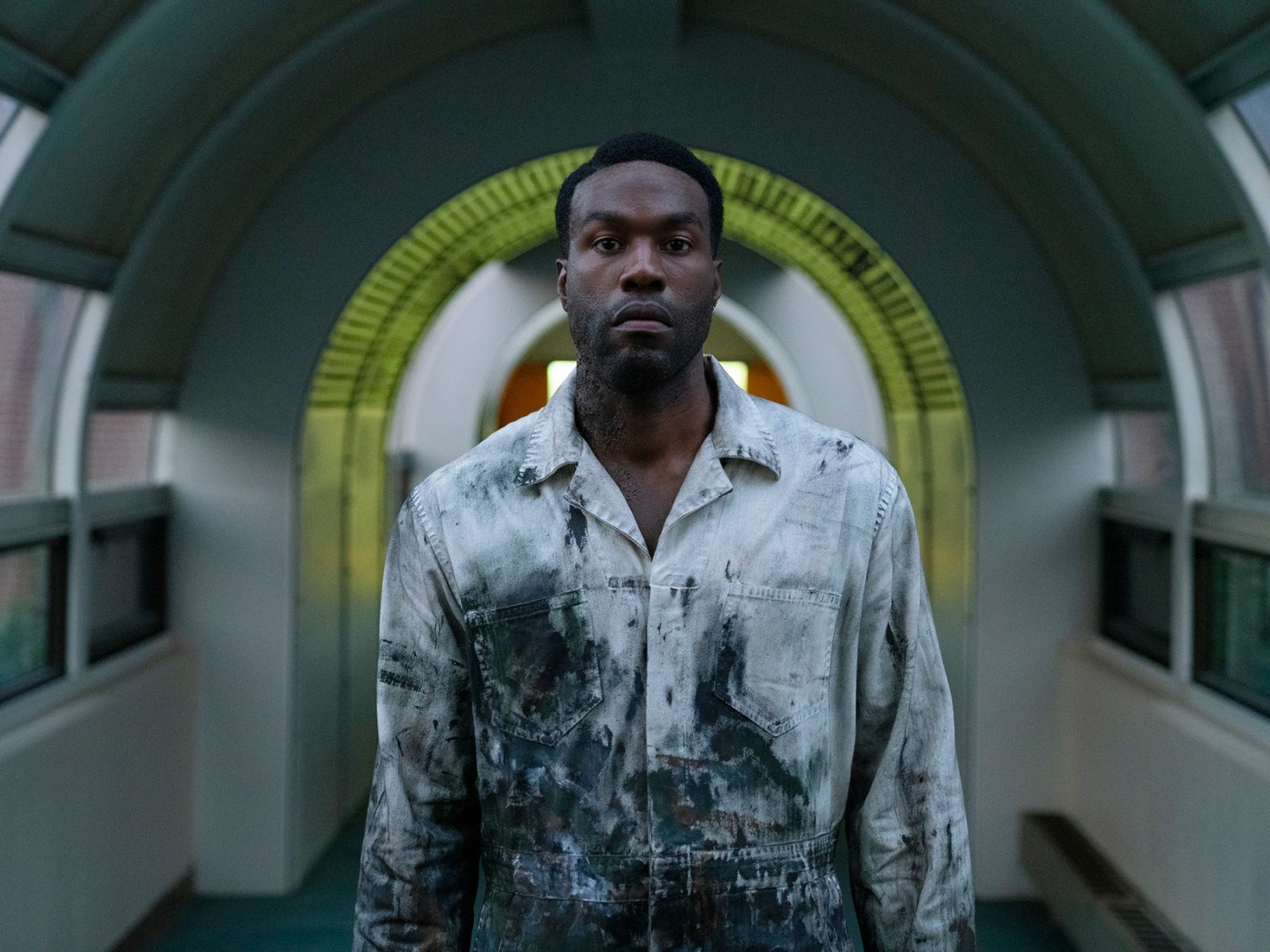It might be an unpopular notion for film critics to have but I have never been a fan of Jordan Peele’s films. Personally, I feel that the films he has been lauded for with Us and Get Out, have style, but lack substance. However, gets an escape pass because of the important messages that he tries to tell in his films. It was for that reason that I was a little sceptical going into Candyman. I am happy to share though, that this is perhaps the best film that Peele has put his pen to, even though I feel that a better use of plot devices could have prevented the ending being as clunky as it is.
Directed by Nia Da Costa, Jordan Peele’s take on the classic Candyman tale begins in the 1970s in the Cabrini-Green projects of Chicago, when a young Billy Burke (Rodney L. Jones III) comes face to face with suspected child killer Sherman Fields (Michael Hargrove) moments before he is brutally murdered by a swarm of white Police Officers.
The story then picks up twenty-seven years later when promising artist Anthony McCoy (Yahya Abdul-Mateen II) and his art director gallery girlfriend, Brianna Cartwright (Teyonah Parris), play host to her brother, Troy (Nathan Stewart-Jarret), who tells them a story about an urban legend (that turns out to be true) about an event that occurred at the now re-developed Cabrini-Green.
Fascinated by the story and looking for inspiration for his art, Anthony visits what is left of the original Cabrini-Green and has a chance meeting with the now older William Burke (Colman Domingo) who tells him more about the Candyman legend. Filled with even more inspiration, Anthony then reveals his artwork in an exhibition, but there is then a sudden turn of events when he and his health begin to spiral, and a number of murders occur centred around his artwork.
For the most part, Candyman is a good stylistic slasher. Da Costa brings a great artistic style to the slasher genre and her willingness to use things such as shadow puppets and marionettes throughout the film certainly makes Candyman a step-up from most horror films. This isn’t a film that is going to be enjoyed by people who love slashers like Valentine or I Know What You Did Last Summer. The artistic edge certainly makes sure of that, which is only further enhanced by the most intriguing screenplay that Peele has written to date.
The film does have a major stumbling point though – the ending. It does feel that Da Costa and Peele are building towards something pretty special with the finale of this film, but then when the audience arrives there, it feels like it actually could have been better set-up. A key event happens in the finale that comes out of nowhere and as a result, it completely blindsides the audience in a negative way. The sad thing is, as I play the film back over my mind, I see a number of ways that Peele’s screenplay could have hinted at the finale and the result would have been a truly spectacular and memorable closing scene that could have gone down in horror folklore.
What I did enjoy about Candyman were the performances. It is very clear with his upcoming projects that Yahya Abdul-Mateen II is a star on the rise and his performance here in Candyman clearly shows why. He has an amazing on-screen presence and a natural acting style that some actors could only dream of. His performance here as his character’s mental and physical health deteriorates is far above what you would normally expect from a simple slasher film. He is everything that a leading man should be.
Candyman is sadly let down by a closing sequence that could have been a lot better. For the most part, it is an enjoyable stylistic slasher film that really draws its audience in. I can see that it will divide audiences as some horror fans may not like the artistic style of director Nia Da Costa. But at the end of the day this is one of the most important things about Candyman that separates it from others in the horror genre, so my advice would be go into this film with an open mind.
